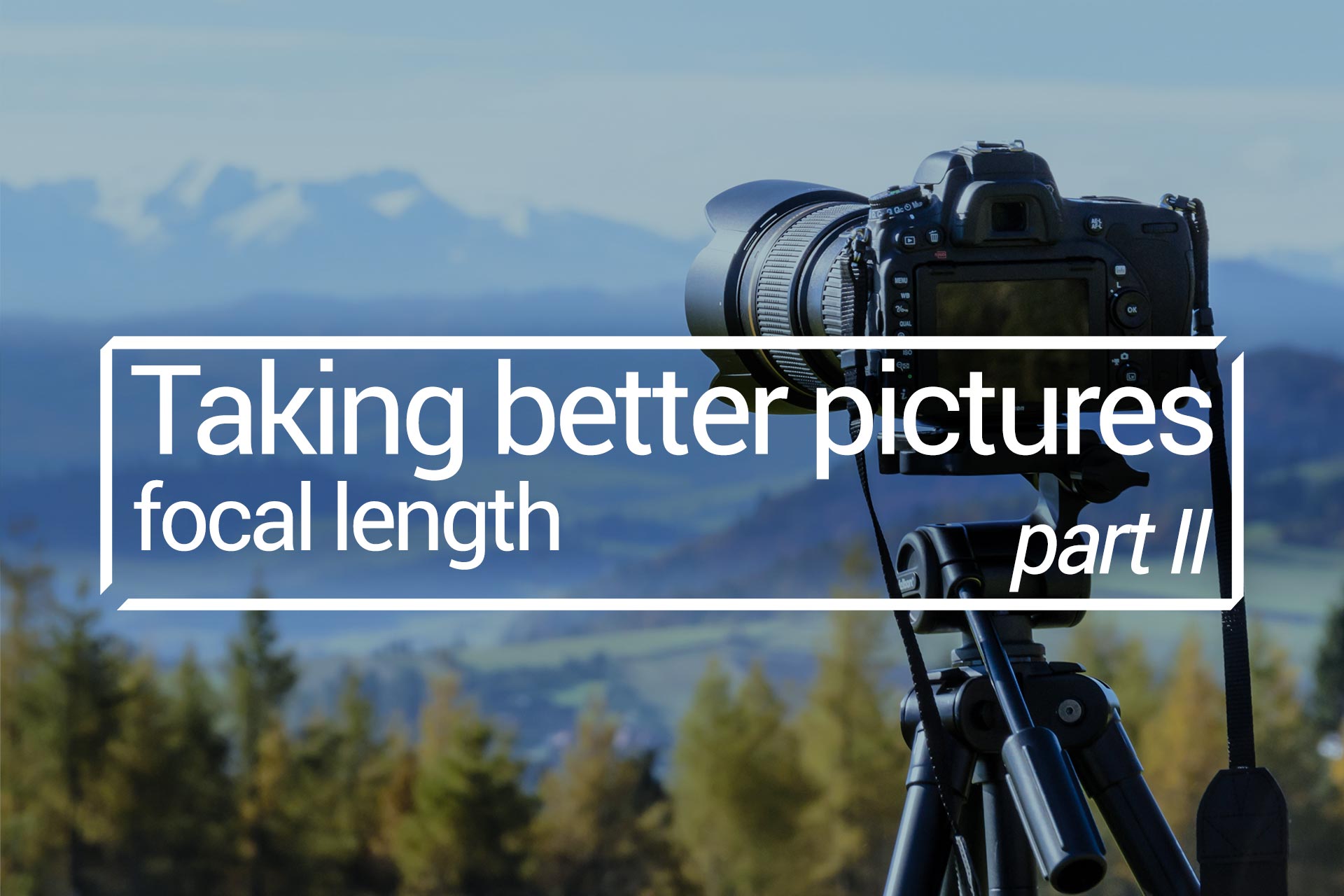In the first part of this tutorial, we explored focal length. We learned what it is, how it is related to the angle of view, and how the camera sensor size affects the equivalent focal length of a given lens. Here we will explore when to use a particular focal length, and why. You will find that we often use the term lens, instead of the more appropriate focal length. This practice is commonly found in many articles, so I hope it will not cause any confusion.
The right lens for the right job
Depending on the type of scene or subject that you want to capture, one lens might be preferable to another. There is also a matter of desired effect. Let’s walk through some examples.
Wide angle lenses
Landscapes are usually the type of images that benefit from wide angle lenses. Given their wide angle of view, these lenses allow you to include as much as possible from the existing scene. Typical focal lengths go from 14mm to about 35mm. Anything wider, becomes a fish-eye. Now, you may also find several 10-20mm lenses, but be sure to check if these are designed for full frame cameras, or crop sensor. If for the latter, remember the adjustment factor, as that makes these lenses equivalent to 15-30mm.
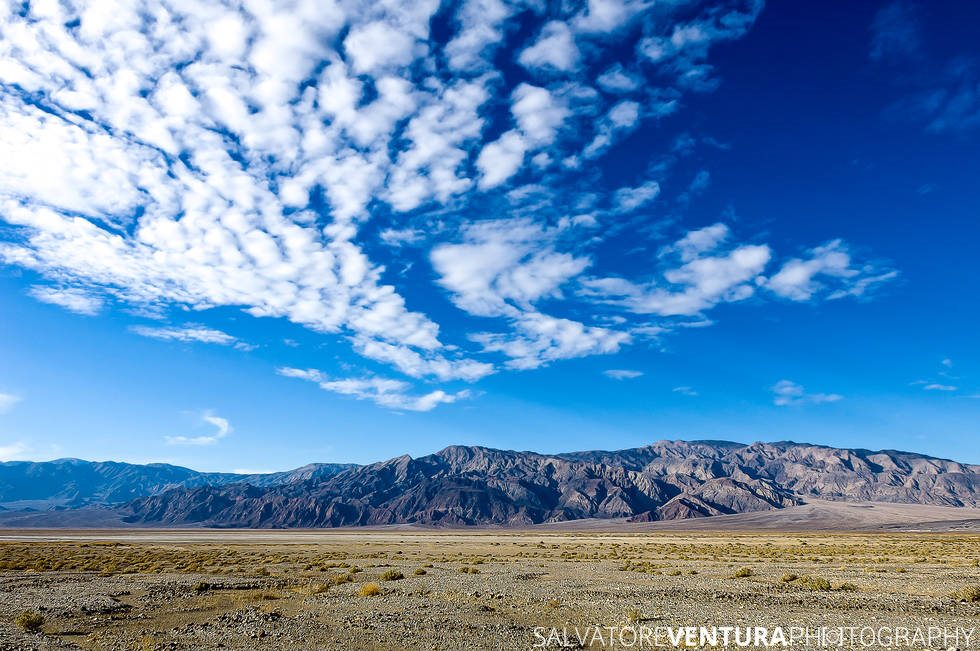
Death Valley, CA – 18mm, F11
A handy property of wide angle lenses is that, their depth of field is larger at a given aperture, as compared to other focal lengths. This is very desirable for landscape photographers, as it allows having more of the full scene in focus. Also, a wide angle lens suffers a bit less from shaking, hence it is more resilient to motion blur.
Other common uses for wide angle lenses include real estate and interiors for two reasons: first, it might be the only way to capture the entirety of a room or space in a single image; second, spaces look bigger. Astrophotography is another common use for wide angle lenses.
Avoid wide angle lenses for portraiture, as they distort straight lines, making things look wider, unless that’s a desired effect. Distortion can be used in creative ways, to exaggerate features or spaces, as long as you are in control of the results.
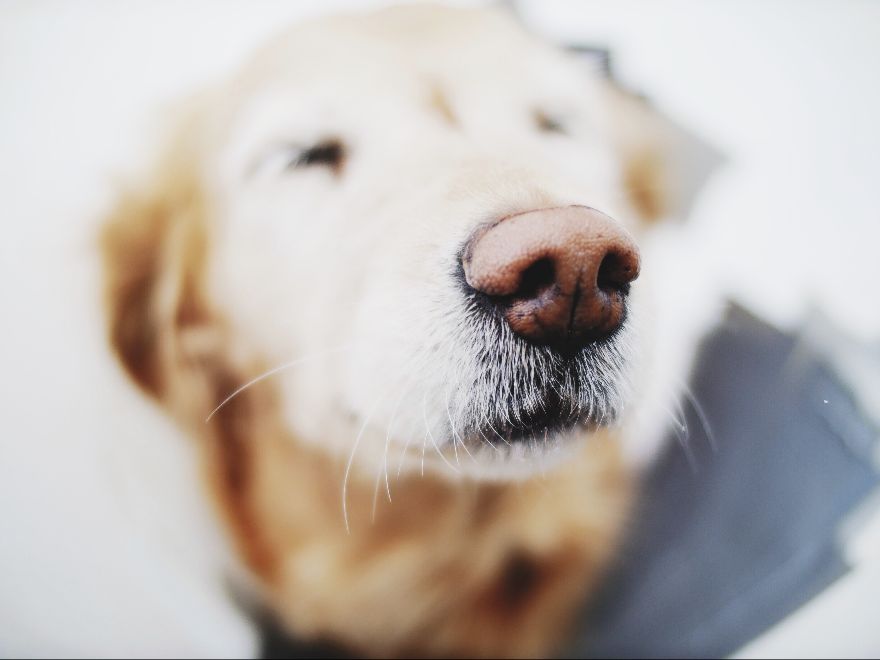
Photo by Patrick Tomasso on Unsplash
Normal lenses
In the 35mm world, the only normal lens is the 50mm one, although technically it should be a 43mm (which is the size of the diagonal of a frame in 35mm film). Normal lenses are fairly versatile, as they are usually small to carry and fast. And they come at very accessible prices with good quality and speed. Photojournalists and street photographers can make the most of it. It is also decent for portraiture, although I would suggest to stay carefully parallel to the ground, and avoid super-closeups, to avoid undesirable distortion.
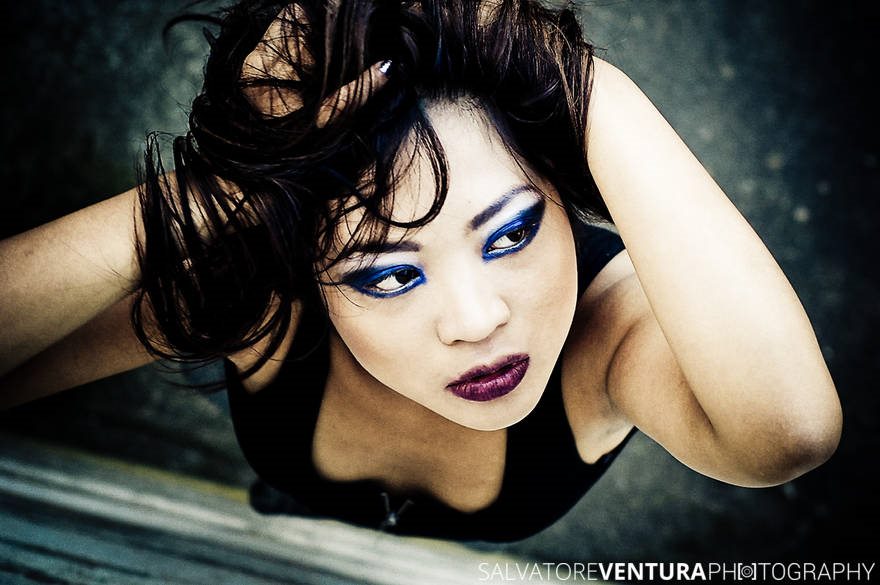
Portraiture – 50mm, F4
Telephoto lenses
Technically, anything above 50mm is considered telephoto, and the typical range of what you can find around goes from 55mm to 300mm. This range can be actually broken in two segments, with two different main uses. The first segment, from around 70mm to 120mm, is greatly adopted in portraiture and headshots, with a sweet spot at 85mm. Such focal length results in a good distance from the subject as to virtually eliminate distortions, and also adds a slight compression of facial features that is flattering.
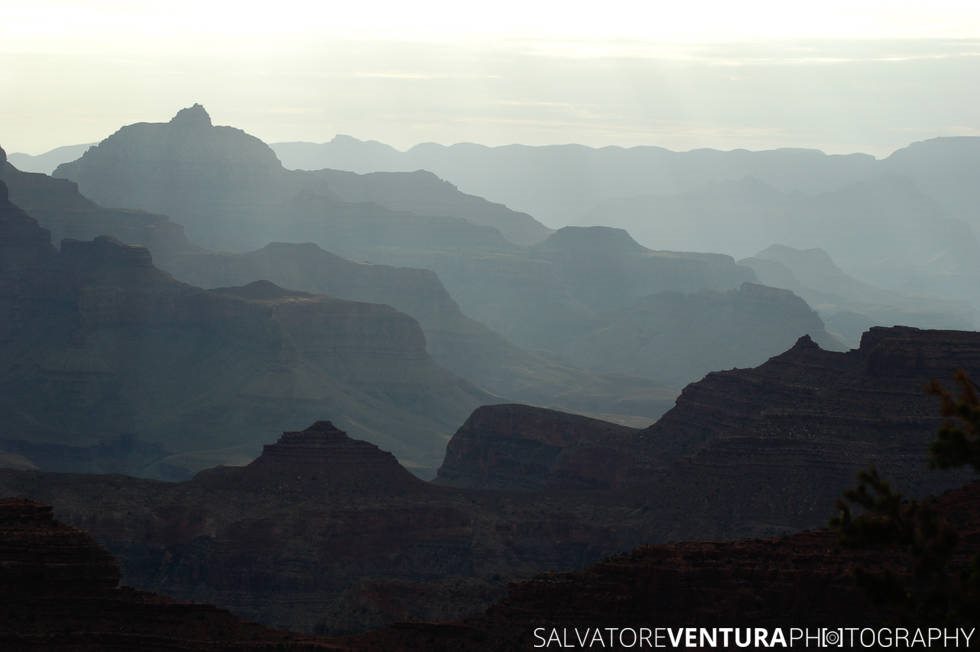
Grand Canyon, AZ – 300mm, F5.6
These are also useful for landscape photography, where you can compress several distant elements in a single layered frame; and wildlife and sports photography at the upper end. Wildlife is generally wary of human presence, and keeps their distance purposely. It is very difficult to fill the frame at such distances with small animals, unless you have very long telephoto. Sports photographers require them when capturing the action at center of the game field in a meaningful way.
For sports and wildlife, you will need at least 200mm to be able and see results. Bird watchers often need to go even longer. Photographs of the moon also require a very long lens, often closer to 500mm.
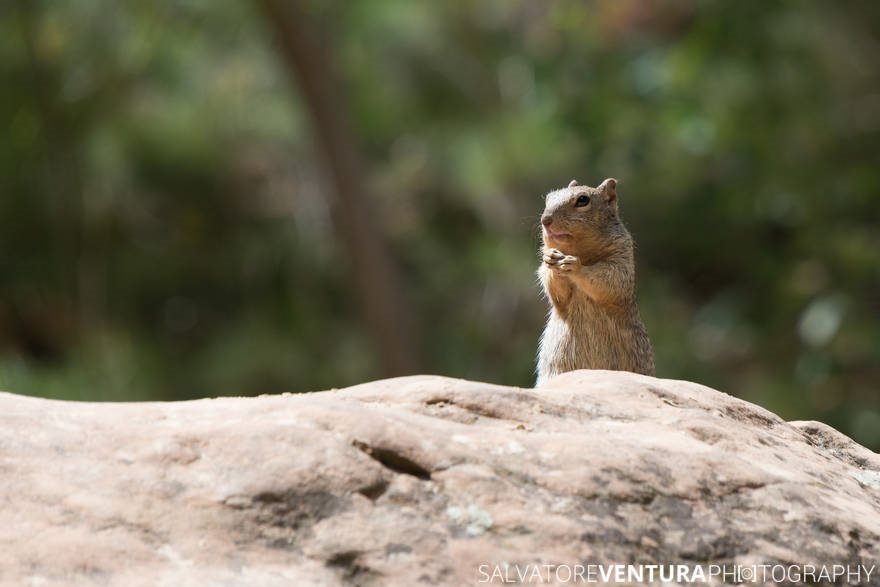
Zion National Park, UT – 270m, F6.3
Macro lenses
These are specialty lenses, used for all those exciting closeup photographs of flowers, bugs, and miniature figurines. Now, the focal length of a macro lens is typically between 45mm and 200mm, but they are designed to provide a 1:1 reproduction ratio of their subject, and often can focus extremely close to the front element of the lens. Now, you can simulate macro behavior with most telephoto lenses, but for true macro photography, the reproduction ratio must be 1:1 or higher. I will cover more about macro photography and lenses in a future post.
Conclusion
In closure to this tutorial about focal length, we have put some numbers and scenarios together as a reference. While these might be very intuitive to some, they could be confusing to others, so don’t worry if you belong to the second group. It just takes practice. This post was not about suggesting which lens to buy though. My personal suggestion is to stick with what you have, understand its features and limitations, and only then decide what comes next. Maybe you are more inclined to telephoto than wide angle. Maybe you prefer a more neutral look, like 35mm or 50mm. A deeper understanding of the properties around these decisions will help you take better pictures.
If you liked this article, consider sharing it with your friends and use the referral links included when proceeding to a purchase. It helps me a lot, and does not cost you a dime.
Here are few book recommendations.
By using my links to buy/browse gear, you’re supporting my photography and articles.
Credits
- Photo by Patrick Tomasso on Unsplash

